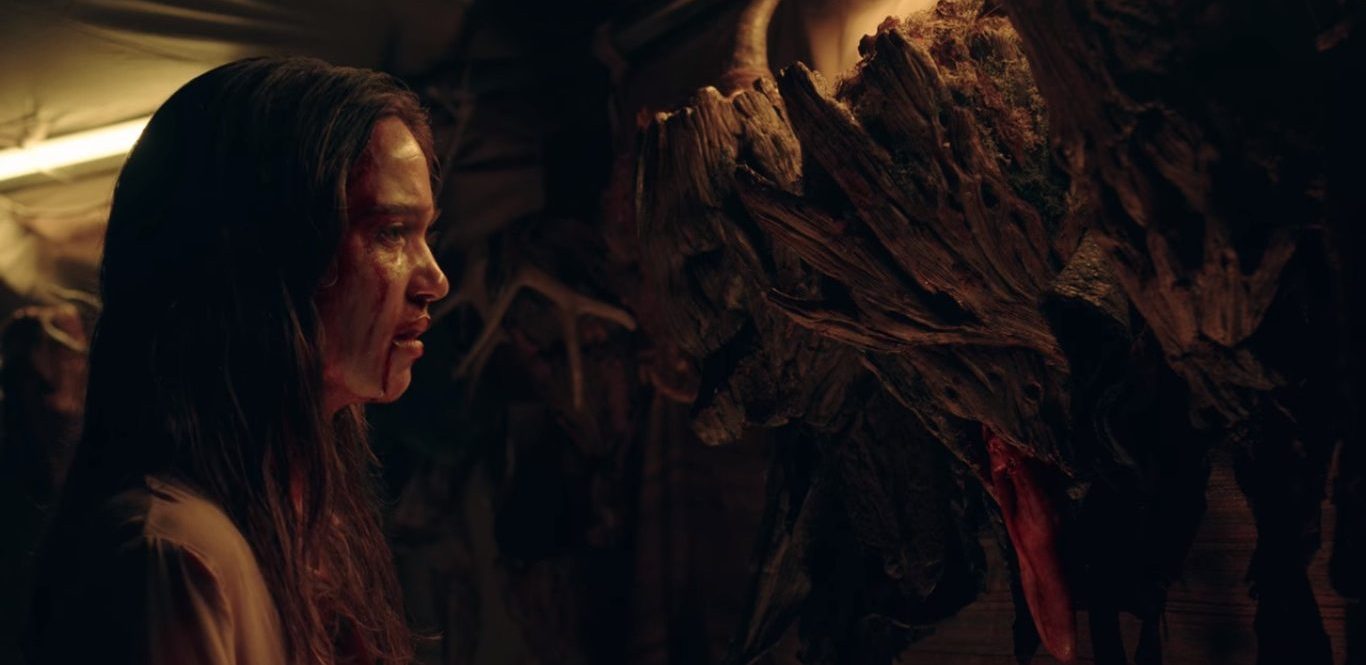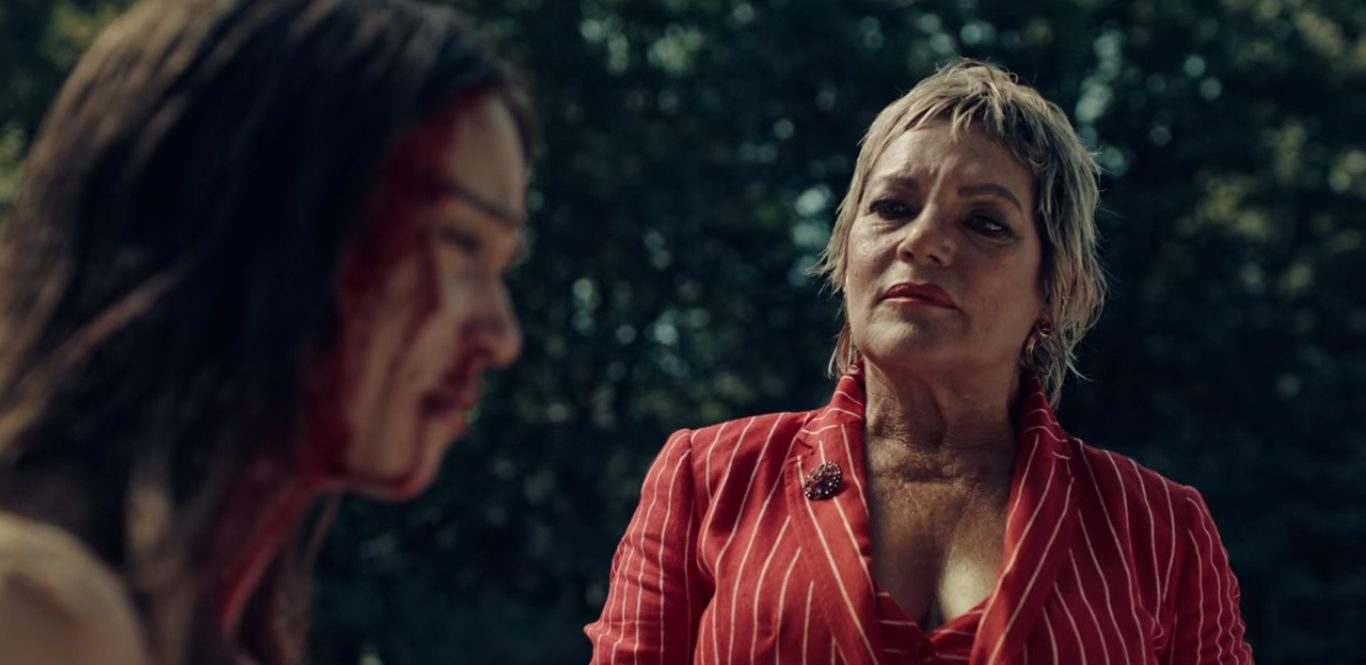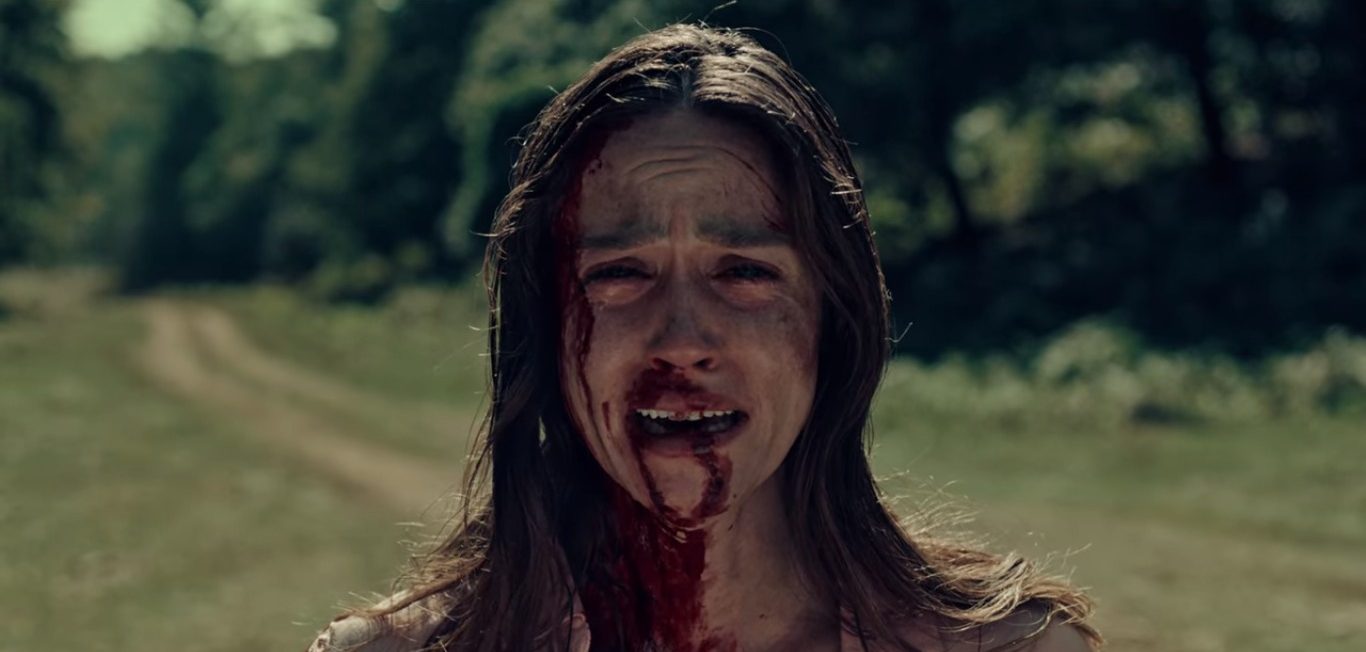‘A Classic Horror Story’ is an Italian horror movie that feeds on the genre’s most popular tropes and presents something entirely different. Following a group of stranded carpoolers who start getting murdered by gruesome masked killers, the film tells a gory story that is all too familiar. However, it strays away from any supernatural incidents and instead explores ancient cults and the Italian mafia. The end proposes an explanation so deeply reminiscent of reality that it essentially breaks the fourth wall and attempts to bring the story into the real world. Could the events of ‘A Classic Horror Story’ be based on real-life? Let’s find out.
Is A Classic Horror Story Based on a True Story?
No, ‘A Classic Horror Story’ is not based on a true story. The film draws inspiration from many of horror cinema’s most popular tropes and ties them together through a fictional story. The film’s ending, which features a character watching a horror movie on a streaming platform much like Netflix, gives the film an entertaining tinge of reality but is, in fact, driven by the filmmakers’ social commentary.

The film, which is co-directed by Roberto De Feo and Paolo Strippoli, who also co-wrote the script along with Lucio Besana, Milo Tissone, David Bellini, is largely an homage to the horror movies that the directors grew up watching, which is why it’s setup resembles that of so many classic horror films. Whilst discussing the first draft of the story, which was initially penned by Roberto, the two realized that it would give them the perfect platform to not only explore the horror genre that they adored but also to comment on the state of the genre in present-day Italian cinema. In keeping with that theme, Bloodflix, a gory, snuff film focussed parody of the online streaming platform Netflix, is also featured in the movie.
Frustrated by the lack of support given to filmmakers attempting to make horror, both Roberto and Paolo used their film to reintroduce a mashup of many of the themes that were present in the thriving Italian horror genre of the 1980s. To this, they added many more well-known themes of Western horror movies to essentially make a “playground” for themselves and their audience where they could revel in much-loved tropes like masked killers, ominous houses in the woods, stranded strangers, and copious amounts of blood and gore. However, through the character of Fabrizio, a murderous director driven by the new generation’s demand for real violence (the kind seen on the news) as opposed to cinematic violence, the film’s directors were able to voice their own frustrations.
According to them, the emerging trend of viewers glued to watching atrocious violence on the news has partly led to them ignoring the rich genre that fictionalizes violence. This has apparently led to it becoming increasingly difficult to make horror films in Italy. The fact that the directors made a horror film that comments on this makes the story exceedingly self-aware, and despite its “atrocious” scenes, it gives it a footing in reality. This concept of “meta-cinema” was one of the main driving forces of the movie, with the filmmakers attempting to purposely follow horror cliches to make their social commentary (which largely shows up in the second half) all the more impactful. One such example is the house seen in the film, which is essentially a mix of many similar examples of house-in-the-woods that are seen in Hollywood horror movies.

Another major focus of the film is Italian culture, with the Italian mafia (another Italian cliche according to the directors) playing a subtle yet important role in the plot. The legend of Osso, Mastrosso, and Carcagnosso, which tells the lore of how the three sects of the Italian mafia originated, is introduced early on in the film. Though significantly embellished for the movie, it still connects back to the film’s mafia theme and is a result of much research and consultation with experts on the part of the filmmakers. The brief scene featuring a steaming dish of spaghetti also pointedly reminds us of the film’s Italian roots.
In essence, ‘A Classic Horror Story’ is a nostalgic yet modern commentary on the state of the horror genre in Italian cinema. The film revels in its fictional horror tropes and unapologetically draws from many popular horror films in an attempt to draw audiences away from being obsessed with real-world violence and once again immerse themselves in the art of cinematic horror and violence. The fictional film, though not based on any true story, is a metaphor for the frustrating reality seen by the film’s directors.
Read More: A Classic Horror Story Ending, Explained


You must be logged in to post a comment.